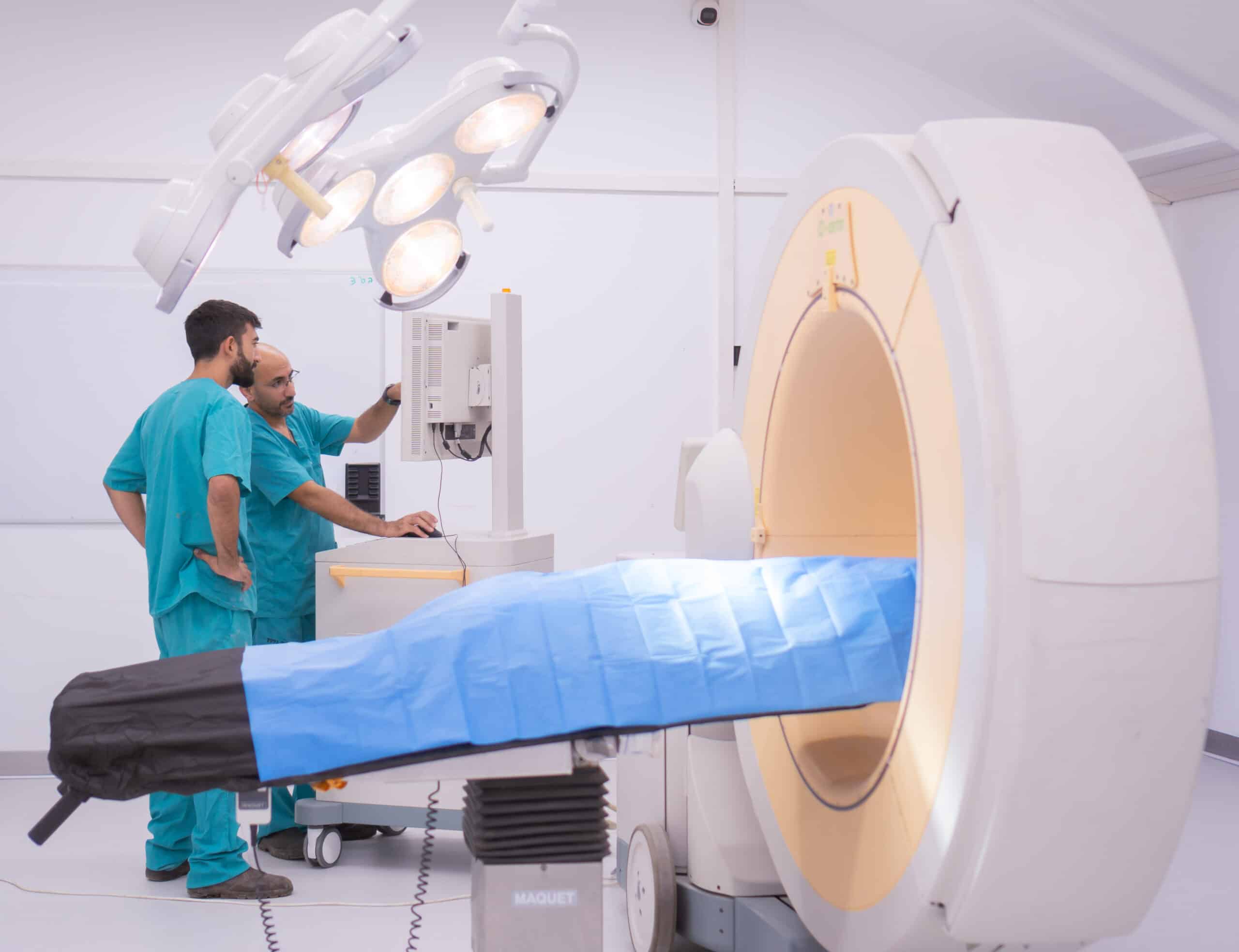Good Laboratory Practice (GLP) toxicology is the gold standard for ensuring safety and efficacy in pharmaceutical development. It’s a regulatory framework that governs the process of non-clinical laboratory studies, providing a structured approach to testing.
By adhering to GLP guidelines, researchers can guarantee that their data is reliable, reproducible, and credible. This is crucial when it comes to the later stages of drug approval and market release, where patient safety is paramount.
Understanding GLP toxicology’s role in drug development not only helps in complying with legal requirements but also in maintaining the integrity of the scientific process. It’s a pivotal step in bridging the gap between laboratory research and bringing a new drug to the consumer.
Overview of GLP Toxicology
Good Laboratory Practice toxicology, commonly referred to as GLP toxicology, lays the foundation for non-clinical safety assessments in the pharmaceutical industry. It’s a quality system that encompasses the organizational processes and conditions under which pre-clinical studies are planned, performed, monitored, recorded, and reported.
Organizations must ensure that their toxicological studies conform to GLP standards to be considered valid by regulatory authorities. GLP toxicology studies are designed to identify potential hazards to human health and the environment from chemical substances, such as pharmaceutical compounds.
The key components of GLP toxicology include:
- Study Planning: Proper scheduling and planning are vital to ensure that resources are used effectively and timelines are met.
- Standard Operating Procedures (SOPs): These written procedures cover everything from animal care to data collection and are integral for consistency.
- Personnel: Qualified and well-trained staff are crucial for conducting and supervising tests.
- Quality Assurance: This internal system checks the compliance of the study with GLP principles.
- Facility: An appropriate environment is necessary to prevent contamination and interference with the study.
- Equipment: Must be well-maintained and calibrated to generate accurate results.
Following GLP principles during toxicological assessment not only upholds scientific integrity but also facilitates international acceptance of data by eliminating discrepancies between tests carried out in different laboratories. With GLP, regulators can trust that the toxicology data submitted is thorough and reliable, so safeguarding public health while expediting the development of new therapeutic agents.
Countless compounds each year are subject to GLP toxicology studies, with the aim of uncovering any risk of toxicity before entering clinical trials. If issues are detected at this phase, they can often be addressed, saving time and investment compared to discovering them in later stages of drug development.
Importance of GLP in Pharmaceutical Development
GLP toxicology not only ensures the safe progression of drugs from the laboratory to the clinic but also safeguards patients from potential adverse effects. Before any pharmaceutical product can be approved for human use, it must undergo a series of stringent safety evaluations. GLP acts as a foundation for these evaluations, providing a consistent framework that assures the reliability and accuracy of data collected during the toxicological studies.
For a new therapeutic agent to advance through the stages of drug development, it’s required that the studies supporting its safety are both credible and reproducible. GLP facilitates this by standardizing the methodology and documentation across various laboratories and studies. This uniformity is essential because regulatory agencies worldwide depend on it to evaluate the safety of pharmaceuticals. Due to this, GLP adherence becomes pivotal for pharmaceutical companies aiming to gain market entry in multiple countries.
The crux of any GLP-compliant study lies in its transparency and traceability. Companies must maintain comprehensive records that document each step of the toxicological assessment. These records include the raw data, methodologies, personnel involved, and any observations or deviations from the standard protocols. By mandating such rigorous documentation, GLP creates an audit trail that allows studies to be scrutinized for integrity and compliance.
- Ensures patient safety and drug efficacy
- Provides framework for credible and reproducible studies
- Facilitates international regulatory acceptance
- Creates transparency and accountability in data
In the high-risk pharmaceutical industry, where patient health is directly impacted by the quality of the scientific data, GLP serves an indispensable role. By embedding the principles of good laboratory practice into its core operations, a pharmaceutical company demonstrates its commitment to rigorous science and patient safety. The practice of GLP toxicology so becomes not merely a regulatory hoop to jump through but a cornerstone of responsible pharmaceutical development.
Principles and Guidelines of GLP Toxicology
Good Laboratory Practice toxicology rests upon a foundation of core principles designed to uphold the integrity of scientific research. At the heart of these principles lies the mandate that laboratories must ensure data traceability, reproducibility and management of all aspects of the study. Besides, GLP guidelines stipulate requirements for personnel qualifications, equipment standardization, and rigorously maintained environments necessary for conducting toxicity testing.
As part of the GLP toxicology framework:
- Study Directors are tasked with the overarching responsibility for the design, implementation, and reporting of the toxicological study. They are the single point of control, ensuring that all GLP principles are adhered to and documented.
- Quality Assurance Personnel monitor adherence to GLP regulations. They conduct audits and inspections to verify that all aspects of the testing comply with standard protocols.
- Standard Operating Procedures (SOPs) are developed and updated regularly, providing detailed instructions on performing laboratory tasks consistently and effectively.
Laboratory facilities must be designed to minimize cross-contamination and help proper sample identification and storage. GLP compliance also includes meticulous record keeping to document all laboratory activities and decisions made during the study, providing an audit trail that is essential for verifying the integrity of the data.
| Essential Elements | Description |
| Personnel | Trained and qualified for their roles |
| Facilities | Appropriately maintained and equipped |
| Equipment | Calibrated and well-maintained |
| SOPs | Clear and routinely reviewed |
| Records | Accurately detailed and securely stored |
| Reports | Complete reflection of data and methodologies |
Data generated within the GLP framework is considered reliable and accurate, serving as a trustworthy source for regulatory submission. Properly managed GLP studies not only help regulatory approval but also contribute to the preservation of public health by ensuring that pharmaceutical products are both safe and effective before market release.
The integration of these principles across all stages of toxicological research ensures that results are reproducible and that decisions advancing pharmaceuticals to the next stage of development are based on sound scientific practices. This foundation of GLP toxicology serves as a bulwark against unreliable data and helps maintain the critical trust between pharmaceutical developers and the public they serve.
GLP Toxicology Studies and their Significance
Good Laboratory Practice (GLP) toxicology studies are pivotal in pharmaceutical development. They provide a structured approach to testing new compounds for potential toxicity before progressing to clinical trials in humans. As these studies are often used to assess the safety profile of a compound, the significance of implementing GLP cannot be overstated.
One key element of GLP studies is their standardization, which enables comparisons across different laboratories and time periods. This consistency is crucial because it ensures that toxicologic assessments are based on comparable metrics and endpoints. This level of standardization supports regulatory bodies in making informed decisions concerning the safety and approval of new pharmaceuticals.
The focus on traceability and accountability within GLP toxicology studies ensures that any observed effects can be reliably attributed to the compound being tested. Such meticulous tracking requires rigorous documentation, which is beneficial not only for regulatory review but also for any future examinations or follow-up studies.
Also, these studies contribute to public health by identifying potential adverse effects and determining safe dosage levels. Through detailed research protocols, GLP toxicology studies take into consideration various factors such as:
- Dose-response relationships
- Exposure duration
- Routes of administration
- Specific target organ toxicity
Employing in vivo or in vitro models, scientists examine a range of biological endpoints, including genotoxicity, carcinogenicity, and reproductive toxicity. These endpoints provide insights into how a pharmaceutical agent may interact with biological systems at different levels of exposure.
The data generated through GLP toxicology studies play a pivotal role in the overall risk assessment of pharmaceuticals. Regulatory authorities, such as the FDA and EMA, rely heavily on this data to determine if a drug is safe for release into the market. Besides, these studies lay the groundwork for developing safe and effective dosing guidelines that are critical to patient safety. With their integral role in the drug development pipeline, GLP toxicology studies uphold the rigorous standards necessary for advancing medical science and protecting public health.
Challenges and Considerations in GLP Toxicology Studies
When conducting Good Laboratory Practice toxicology studies, scientists face various challenges that can impact the reliability and applicability of data. Inter-laboratory variability remains a significant hurdle; even with standardized protocols, subtle differences in equipment, techniques, or environmental conditions can lead to inconsistent results. Scientists must rigorously validate their methods to ensure that findings are reproducible across different settings.
Sample integrity is critical in GLP studies. It’s paramount that specimens are collected, stored, and processed in a way that prevents degradation or contamination. Mishandling of samples can lead to misleading data, which might compromise the safety assessments of the pharmaceutical compounds under investigation.
Ethical Considerations
The use of animals in GLP toxicology studies is a subject of ethical concern. While such studies are essential for determining the safety of new drugs, they must be carried out with utmost consideration for the welfare of the animal subjects. Regulatory guidelines mandate that scientists use the minimum number of animals required to obtain valid results and necessitate the use of alternatives whenever possible.
Regulatory Compliance
Compliance with regulatory guidelines is another major consideration in GLP studies. Regulatory agencies around the world have developed frameworks to which laboratories must adhere, often resulting in exhaustive documentation and quality control processes. Non-compliance can lead to the invalidation of study results, delays in drug development, and potential legal ramifications.
Cost and Time Implications
GLP toxicology studies are resource-intensive. The costs associated with these studies can be high due to the need for specialized equipment, personnel, and materials. Also, the comprehensive nature of these studies means that they can take considerable time to complete, which can influence the overall timeline for drug development.
By addressing these challenges effectively, researchers can mitigate risks and improve the quality and reliability of the toxicological data they generate. Failure to do so can lead to significant setbacks and, more importantly, may risk patient safety once the pharmaceutical enters the market.






